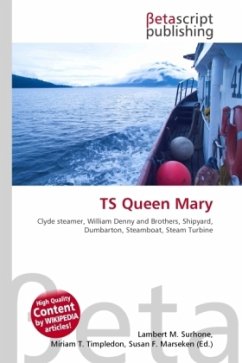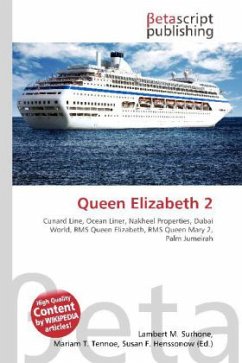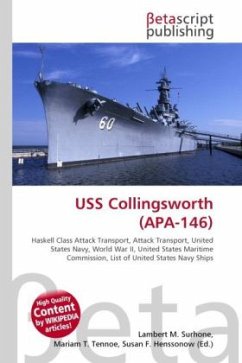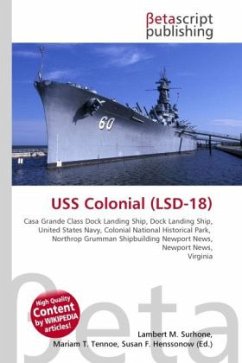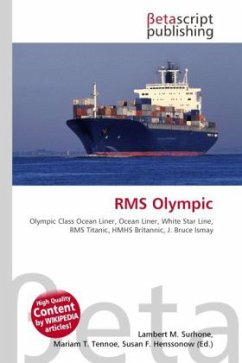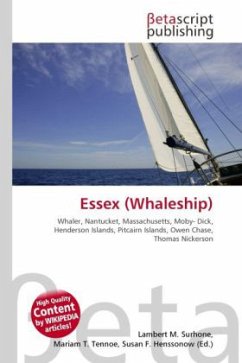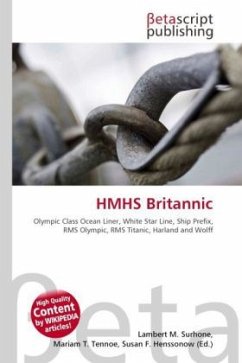High Quality Content by WIKIPEDIA articles! The two funnel Clyde steamer TS Queen Mary was built at the William Denny shipyard at Dumbarton for Williamson-Buchanan. The 871 gross tons steamer was powered by three direct drive steam turbines, and carried 2086 passengers making her the largest (though not the longest) excursion turbine on the River Clyde. In 1933 she joined the Williamson-Buchanan fleet, taking over from the first Clyde turbine steamer, the 1901 TS King Edward on the run from Glasgow down the River and Firth of Clyde to Rothesay, Millport and Arran. In 1935 the fleet including Queen Mary passed to the London, Midland and Scottish Railway Company, and her registered owners became Williamson-Buchanan (1936) Ltd. Also in 1935, Williamson-Buchanan were contacted by the Cunard Company which was getting ready to have its new liner launched by Her Majesty Queen Mary ? so Cunard reached agreement with Williamson-Buchanan that the turbine steamer would become TS Queen Mary II, and presented a portrait of Her Majesty to hang in the forward lounge of the Clyde steamer, while their liner became the RMS Queen Mary.
Bitte wählen Sie Ihr Anliegen aus.
Rechnungen
Retourenschein anfordern
Bestellstatus
Storno

